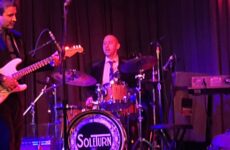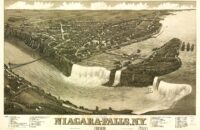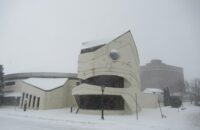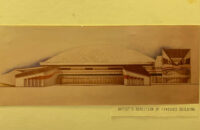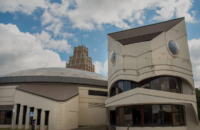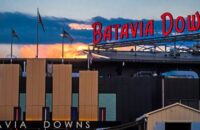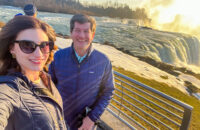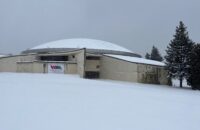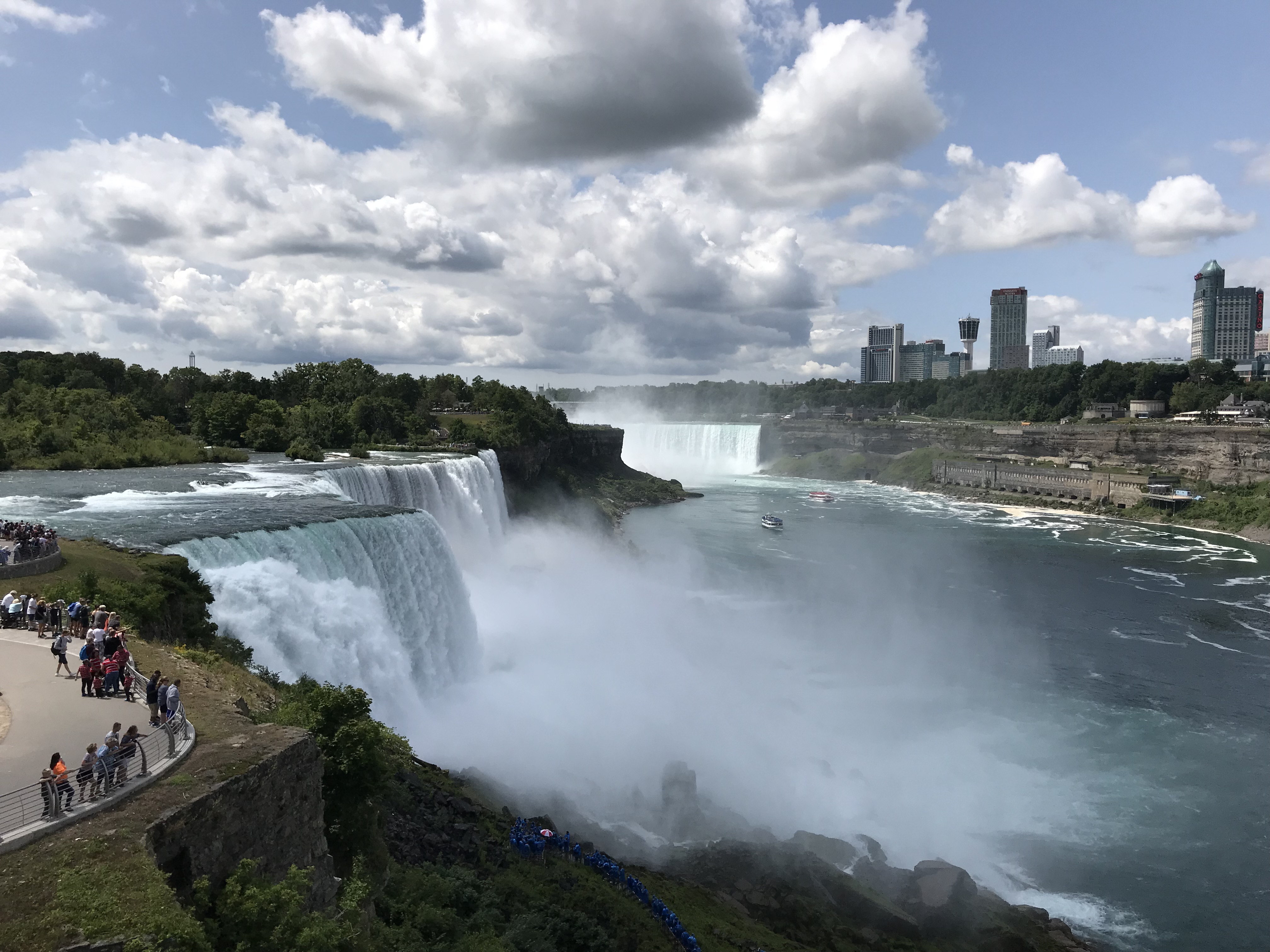By Jim Hufnagel
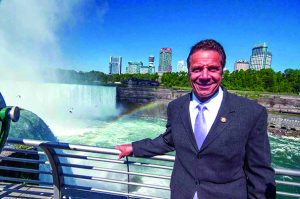
Governor Cuomo’s austere smile says it all as he reflects on the natural wonder of the campaign donations he receives from Maid of the Mist owner James Glynn and Delaware North billionaire Jeremy Jacobs, who run Niagara Falls State Park as if they own it.
On January 6, 2015, halfway through an interview with actress Nicole Kidman, NBC late-night host Jimmy Fallon casually dropped a bomb on the city of Niagara Falls, NY.
The conversation turned on an appearance the week before by Kidman’s husband, country singer Keith Urban, at a New Years Eve concert on the other side of the border in Canada, attended by tens of thousands.
The playground of the region, its hotels, casinos, restaurants and night life framed by the most famous natural attraction in the world, Niagara Falls, Ontario is widely regarded as a tourism success story, effectively capitalizing on the millions of tourists who visit every year.
“The Canadian side… beautiful,” mused the Australian Kidman.
“The Canada side is like lights and it’s like, almost like Vegas. It’s fun,” responded Fallon. “The New York side looks like a Lemony Snicket book cover… sad, and trees with no leaves on it.”
“And you go, what happened? Why is (this) side so much worse? Canada’s side, that’s the place to do it… We’ve got to work on (this) side of Niagara Falls.”
Fallon’s pointed observation as reported the next day in the Niagara Gazette was slightly tweaked, possibly in deference to the feelings of New York Governor Andrew Cuomo, who had recently visited and made some campaign promises regarding the city’s chronically-distressed economic condition. The Gazette replaced “New York” side in its quotes of Fallon with “American” and “US”.
During visits here in the run-up to his 2014 re-election, Cuomo proposed state aid packages for a $150 million WonderFalls hotel project as well as something he called the “Downtown Niagara Falls Development Challenge”, a five-year, $40 million initiative “to transform the downtown Niagara Falls area into a premier destination that will attract tourists and fuel private investment”, providing “a real opportunity for champions in the development and investment industries to face off right here in the Falls” resulting in “creative and innovative projects that will spur private development.”
It’s been two years since Cuomo made those promises. So far, the city hasn’t seen one thin dime for either WonderFalls or the “Development Challenge”, although the Governor has spent $70 million on his stateowned Niagara Falls State Park and associated Robert Moses Parkway. Tourists park, sightsee, dine, purchase gifts and souvenirs and then exit on the newly-upgraded parkway with little reason to enter or spend money in the city.
Niagara Falls, NY, a city of 50,000 situated on a international border, once had busy factories, vibrant communities and a thriving downtown. Over recent decades, however, it’s been the town that just can’t seem to catch a break.
While other so-called “rust belt” cities like Pittsburgh, Cleveland and Buffalo experience comebacks, retooling their economies, capitalizing on existing urban assets including their waterfronts and make steady progress, Niagara Falls has, by all appearances, been left behind.
Indices of societal stress for the city of Niagara Falls, including poverty, crime, substandard housing, low educational attainment, drug abuse and teen pregnancy, are across-the-board higher than New York State averages. For example, according to US Census figures, 40.6% of children in Niagara Falls live below the poverty level, nearly twice the state average of 22.5%. Niagara Falls ranked 44th on a recent list of the “Top 100 Most Dangerous Cities in the U.S.” compiled by NeighborhoodScout.com, derived from FBI and other law enforcement sources.
The probability of being a victim of a violent crime in Niagara Falls is triple that of the New York State average, and according to the same study, there are more than five times more crimes per square mile of the city than
elsewhere in the state.
Why is the city of Niagara Falls so dangerous and downtrodden, despite being on the doorstep of one of the world’s greatest tourist destinations?
In a nutshell, the city of Niagara Falls has been systematically deprived of the economic benefits of one of the most valuable waterfronts in the world, a process accelerated during the Cuomo years.
In addition to the iconic waterfalls, many miles of Niagara River waterfront, including a scenic gorge that has been referred to as the “Grand Canyon of the East”, together comprising 80% of the city’s waterfront, are owned and operated by New York State Parks and the New York Power Authority (NYPA). Together, these state agencies siphon many millions of tourism and hydropower dollars out of the city and into state coffers, while streets here go unpaved, abandoned buildings abound, poverty, crime and misery predominate, and taxes are raised as the city teeters on the brink of insolvency.



